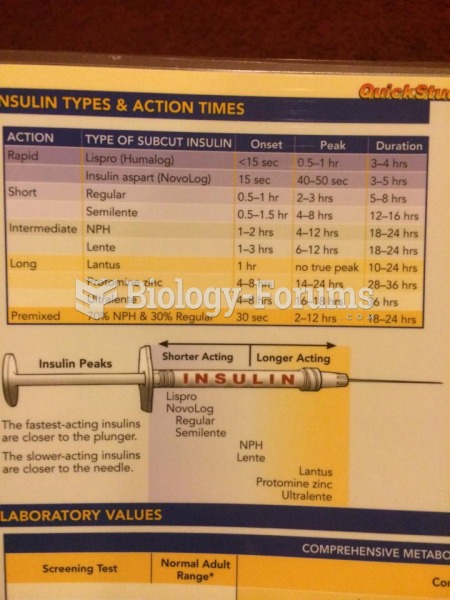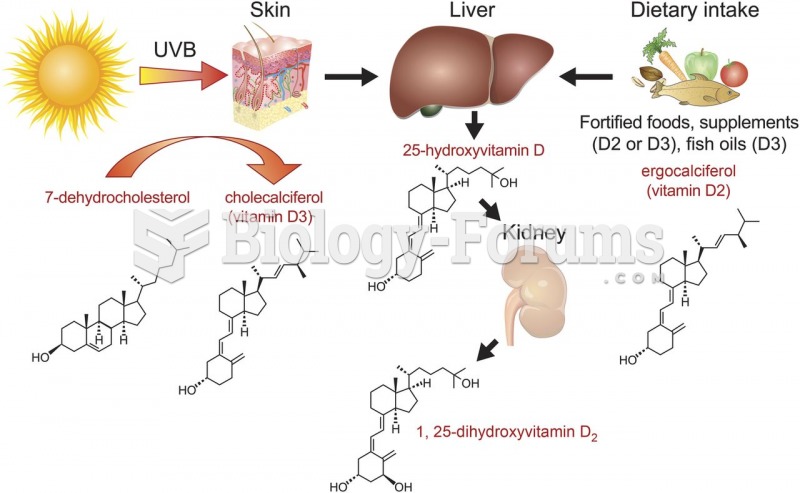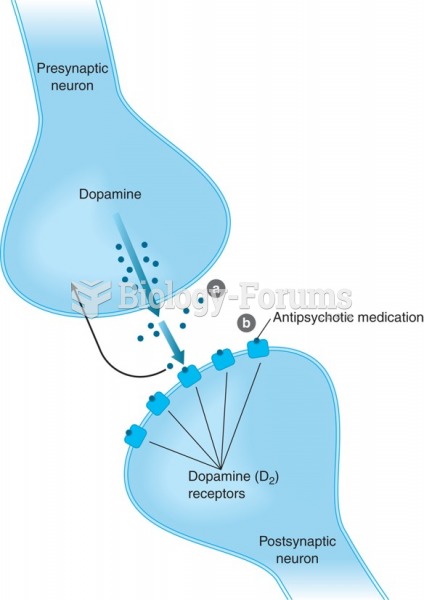Answer to Question 1
As an antioxidant: Vitamin C loses electrons easily, a characteristic that allows it to perform as an antioxidant. In the body, antioxidants defend against free radicals. A free radical is a molecule with one or more unpaired electrons, which makes it unstable and highly reactive. Antioxidants can neutralize free radicals by donating an electron or two. In doing so, antioxidants protect other substances from free radical damage.
As a cofactor in collagen formation: Vitamin C helps to form the fibrous structural protein of connective tissues known as collagen. Collagen serves as the matrix on which bones and teeth are formed. When a person is wounded, collagen glues the separated tissues together, forming scars. Cells are held together largely by collagen; this is especially important in the walls of the blood vessels, which must withstand the pressure of blood surging with each beat of the heart.
As a cofactor in other reactions: Vitamin C also serves as a cofactor in the synthesis of several other compounds. As in collagen formation, vitamin C helps in the hydroxylation of carnitine, a compound that transports fatty acids, especially long-chain fatty acids, across the inner membrane of mitochondria in cells. It also participates in the conversions of the amino acids tryptophan and tyrosine to the neurotransmitters serotonin and norepinephrine, respectively. Vitamin C also assists in the making of hormones, including thyroxine, which regulates the metabolic rate; when metabolism speeds up in times of extreme physical stress, the body's use of vitamin C increases.
In stress: Among the stresses known to increase vitamin C needs are infections; burns; extremely high or low temperatures; intakes of toxic heavy metals such as lead, mercury, and cadmium; the chronic use of certain medications, including aspirin, barbiturates, and oral contraceptives; and cigarette smoking. During stress, the adrenal glandswhich contain more vitamin C than any other organ in the bodyrelease vitamin C and hormones into the blood.
In the prevention and treatment of the common cold: Vitamin C has been a popular option for the prevention and treatment of the common cold for decades, but research supporting such claims has been conflicting and controversial. Some studies find no relationship between vitamin C and the occurrence of the common cold, whereas others report modest benefitsfewer colds, fewer days, and shorter duration of severe symptoms, especially for those exposed to physical and environmental stresses. A review of the research on vitamin C in the treatment and prevention of the common cold reveals a slight, but consistent reduction in the duration of the common cold in favor of those taking a daily dose of at least 200 milligrams of vitamin C.
In disease prevention: Whether vitamin C may help in preventing or treating cancer, heart disease, cataract, and other diseases is still being studied
Answer to Question 2
Marginal vitamin B12 deficiency impairs cognition. Advanced neurological symptoms include a creeping paralysis that begins at the extremities and works inward and up the spine. Early detection and correction are necessary to prevent permanent nerve damage and paralysis. With sufficient folate in the diet, the neurological symptoms of vitamin B12 deficiency can develop without evidence of anemia and the cognitive decline is especially rapid. Such interactions between folate and vitamin B12 highlight some of the safety issues surrounding the use of supplements and the fortification of foods. No adverse effects have been reported for excess vitamin B12, and no UL has been set.







